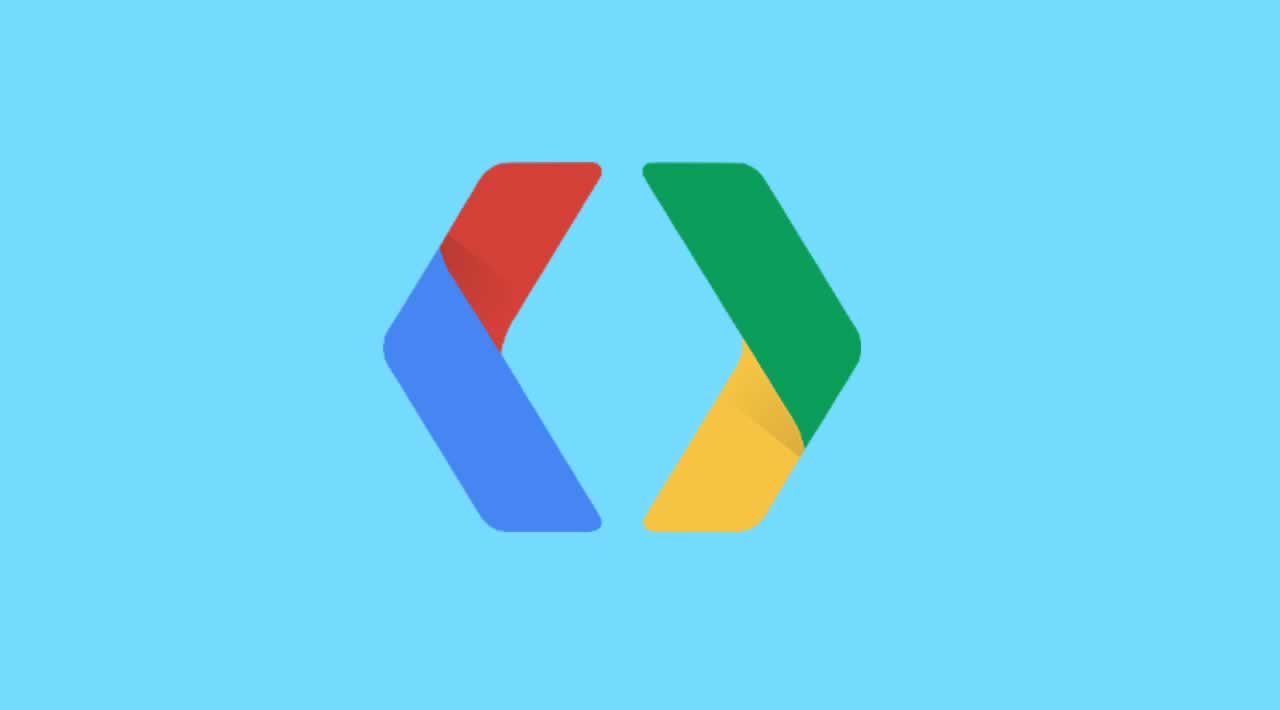Understanding Protocol Buffers - Will they replace JSON?
In this article, we will see what is a protocol buffer and how it works and ask the question will protocol buffers replace JSON?
What are Protocol Buffers?
Protocol buffers are a flexible, efficient way of serializing structured data. you define how you want your data to be structured once, then you can use special generated source code to write and read your structured data.
it is a way of encoding structured data in an efficient and extensible format.
Protocol Buffers are developed and backed by Google. Just like Google, other companies have their own implementation like Facebook has Apache Thrift and Microsoft has Microsoft Bond Protocol Buffers in addition to concrete Remote Procedure Call(RPC)
Protocol Buffers vs JSON
Before we compare protocol buffers with JSON(Javascript Object Notation), we will see how JSON is used in the current tech world.
Let’s consider an application life cycle when a user clicks a button in an application.
The browser makes an API request to the Server.
The Server requests data from the Database.
Once the database returns the data and sends it to the application server, it then sends it to the browser to display.
Here, the way the browser and server communicate is happening with JSON.

JSON is based on key-value pair. JSON has different value types, such as
- Array
- Boolean
- Number
- Object
- String
Above all , Each entity in JSON should have a key and value associated with it.
Now, let’s come back to the topic of why we need Protobuf over JSON and what kind of benefits we get using protocol buffers.
Why Protocol buffers over JSON
Firstly, protocol buffers have more data types than JSON. Protocol buffers are not only a message format, but it is also a set of rules and tools that defines the exchange of messages.
Simple Analogy
Let’s say that you want to travel from location A to location B every day to reach the destination.
Now, 1000’s people will be traveling between these two locations at the same time every day.
if you travel in an SUV, it occupies more spaces on the road, it will delay your travel due to traffic. Now, instead, if you travel by bike, you reach the destination in a minimal amount of time as well as less traffic.
Let’s relate this our concept protocol buffers.
Location A to B => Sender and receiverRoads – Network bandwidth
Data – the vehicle that you are traveling in
Here sending data between a source and destination through a network using
XML -> traveling alone via truck
JSON -> traveling via SUV(better than a truck)
Protobuf -> traveling via bike (best possible way to reduce network bandwidth and allowing more request to flow via network)
How Do Protocol Buffers work?

Protocol buffer works through binary serialization. It encodes the data using the determined schema and sends the data.
The receiver decodes the data with the schema to get the message. Here, the message is encoded with a schema and stream it as a binary data to the receiver.
The receiver decodes the data with the same schema and get the message from the binary stream.
Implementing Protocol Buffer
Like I said before, protocol work with a schema to transmit the message.
Schemas are fields that are indicated and aliased with a number and a tag.
you can have keywords such as required, optional and repeated. schema also allows messages to be extensible.
For example, User in the UserList is extensible of message User.
message UserList {
repeated User user = 1;
}
message User{
required string name = 1;
required string email = 2;
}Copy
-
You specify how you want the information you are serializing to be structured by defining protocol buffer message types in
.protofiles. -
That is to say, Each protocol buffer is a logical record of information, containing a series of name-value pairs.
The above is a very basic example of .proto file that defines a message containing information about User model
As you can see, the message format is simple – each message type has one or more uniquely numbered fields, and each field has a name and a value type, where value types can be numbers, booleans, strings, etc.
Once, you’ve defined your message,you run the protocol buffer compiler for the language of your application on your .proto file to generate data access classes.
This repository contains the implementation of a to-do application with Protobufs in a NodeJS application.
#javascript #json
